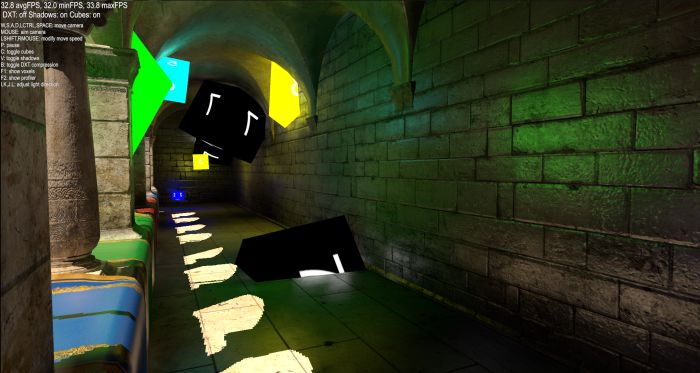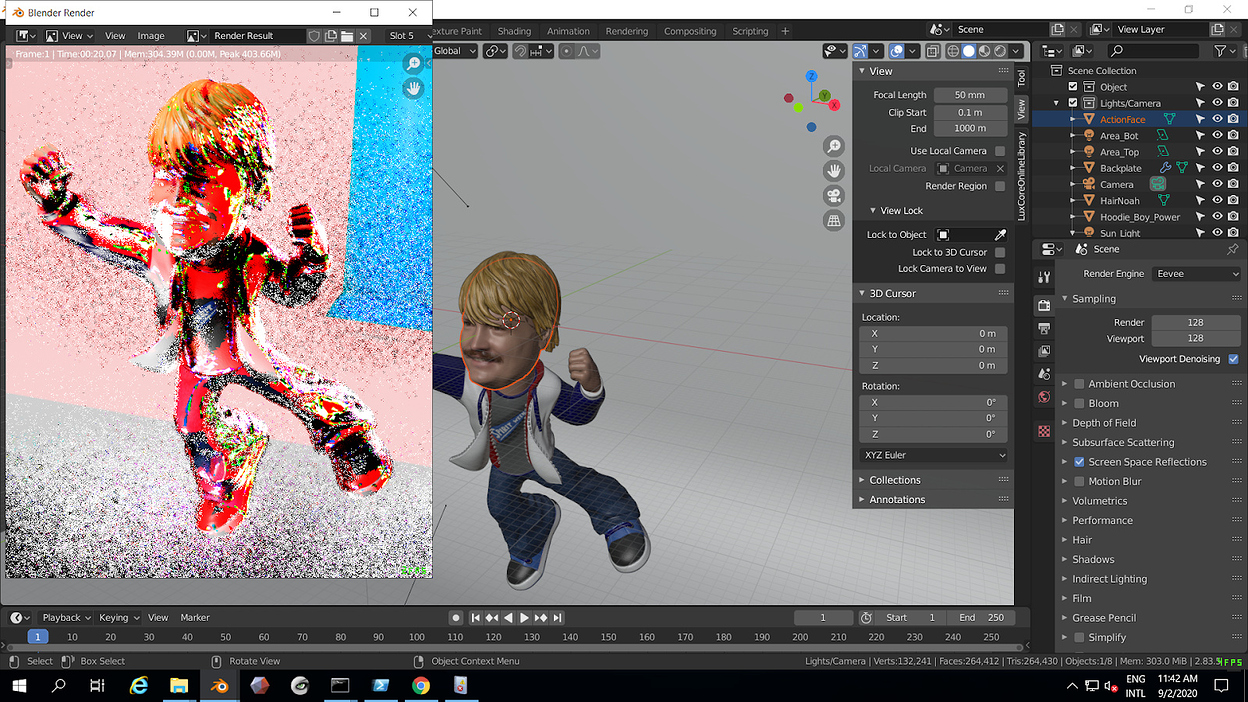


By allowing fragment colors to exceed 1.0 we have a much higher range of color values available to work in known as high dynamic range (HDR). Monitors (non-HDR) are limited to display colors in the range of 0.0 and 1.0, but there is no such limitation in lighting equations. A better approach is to allow color values to temporarily exceed 1.0 and transform them back to the original range of 0.0 and 1.0 as a final step, but without losing detail. This works oké and gives decent results, but what happens if we walk in a really bright area with multiple bright light sources that as a total sum exceed 1.0? The answer is that all fragments that have a brightness or color sum over 1.0 get clamped to 1.0, which isn't pretty to look at:ĭue to a large number of fragments' color values getting clamped to 1.0, each of the bright fragments have the exact same white color value in large regions, losing a significant amount of detail and giving it a fake look.Ī solution to this problem would be to reduce the strength of the light sources and ensure no area of fragments in your scene ends up brighter than 1.0 this is not a good solution as this forces you to use unrealistic lighting parameters.

This, at first seemingly innocent, statement caused us to always specify light and color values somewhere in this range, trying to make them fit into the scene. Brightness and color values, by default, are clamped between 0.0 and 1.0 when stored into a framebuffer.


 0 kommentar(er)
0 kommentar(er)
